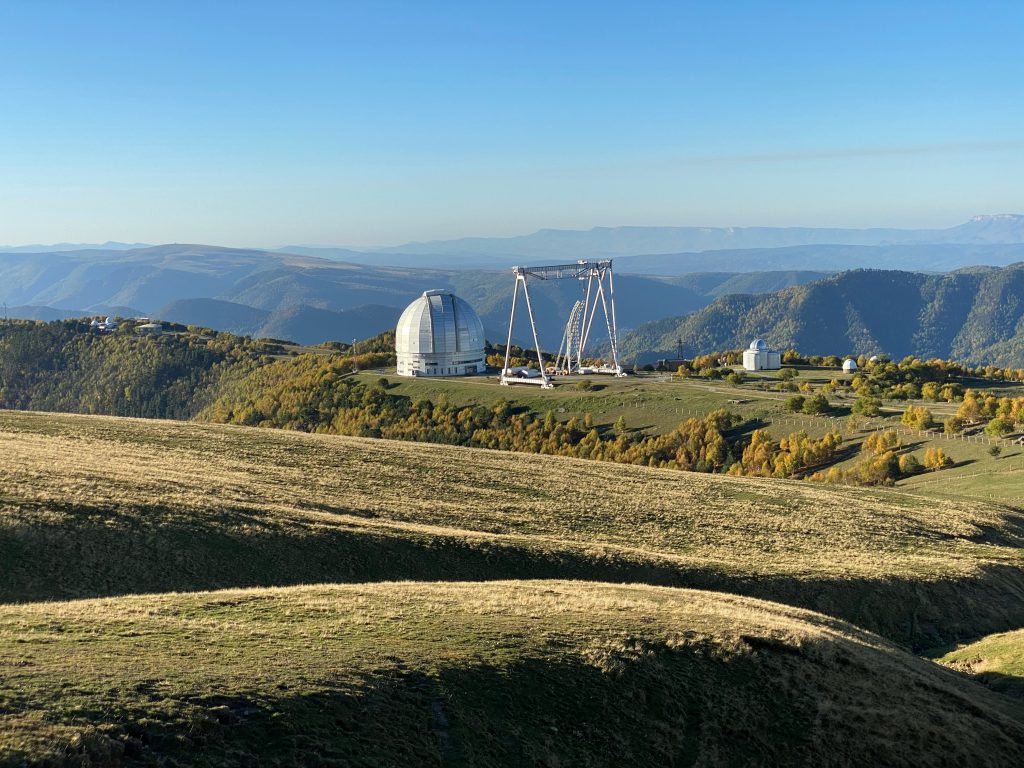The James Webb Space Telescope (JWST), launched in December 2021, is heralding a new era in space exploration. As the most powerful telescope ever built, JWST is providing scientists with unprecedented views of the universe—peering deeper into space and further back in time than ever before.
Positioned nearly 1.5 million kilometers from Earth, the telescope uses infrared technology to observe galaxies, stars, and exoplanets. Unlike the Hubble Space Telescope, JWST can detect light that has traveled for over 13 billion years, allowing scientists to study the formation of the earliest galaxies following the Big Bang.
One of its most exciting contributions is in the search for habitable exoplanets. JWST can analyze the atmospheres of distant worlds, detecting signs of water, carbon dioxide, and other key molecules that may indicate the potential for life.
Additionally, JWST is helping unravel mysteries about black holes, star formation, and cosmic dust. Its high-resolution imagery and spectrometry tools are providing detailed data that’s transforming our understanding of the cosmos.
The telescope also represents a remarkable collaboration among NASA, ESA (European Space Agency), and CSA (Canadian Space Agency). It took decades of planning, engineering, and international cooperation to bring this vision to life.
In conclusion, the James Webb Space Telescope is not just a marvel of technology—it’s a gateway to answering some of humanity’s most profound questions: Where do we come from? Are we alone? And what is the fate of the universe? Its discoveries are only beginning, but they promise to reshape science for generations to come.



